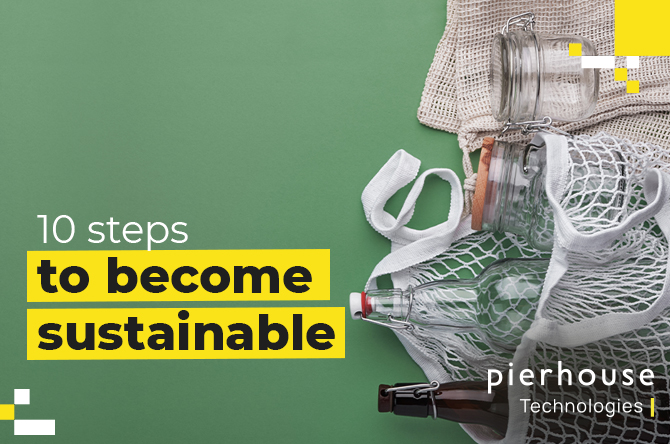Over the last two years almost every major retailer recognised that if they don’t offer shoppers the option of buying their products online other retailers certainly will. In response to this challenge most retailers rapidly set up their own online shops, often with teams that were not part of Retail Operations.
As stores and online were two separate channels and shoppers could choose which to buy from the term multichannel described the approach perfectly.
What changed?
Things developed rapidly. It quickly became the norm for shoppers to use one channel to research a product and the other channel to actually make a purchase. To cope with this and the successful introduction of new services like click and collect and click and reserve it becomes increasingly important that both channels work seamlessly together.
For some retailers it’s a major task to bring together the online and store retail operation teams as well as their processes. Meanwhile shoppers simply don’t see the difference between the channels and expect all touch points to be interconnected.
In this new world the word multichannel seems no longer relevant. A new word is needed to describe what shoppers want and retailers need to deliver. It’s looking increasingly like that word will be Omnichannel.
What is Omnichannel?
My definition of Omnichannel is that it gives shoppers a joined up way to shop where each touch point in their buying cycle can be consistently delivered in the way that each shopper chooses. Shoppers see one retailer not two channels. This is quite a challenge to put in place but some retailers are adopting this type of strategy and starting to use the word Omnichannel to describe it. The rewards for delivering Omnichannel retailing could be huge.




